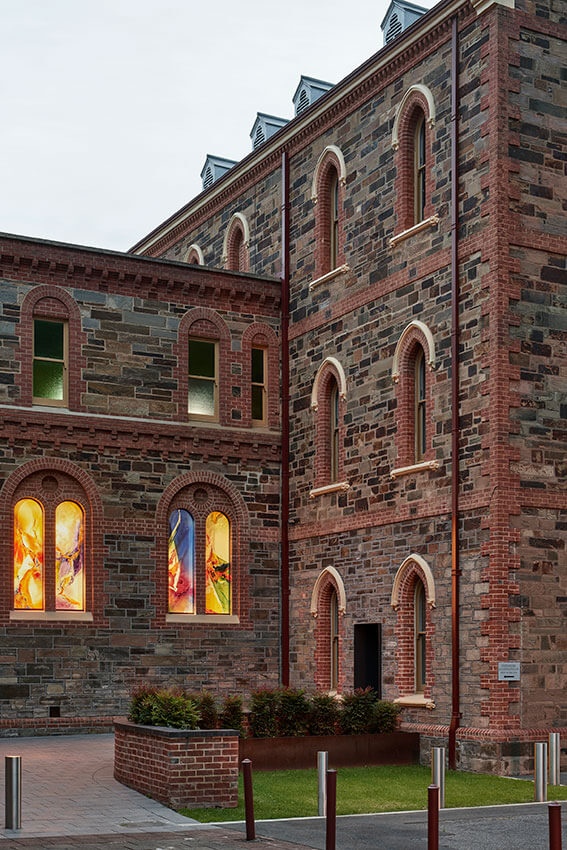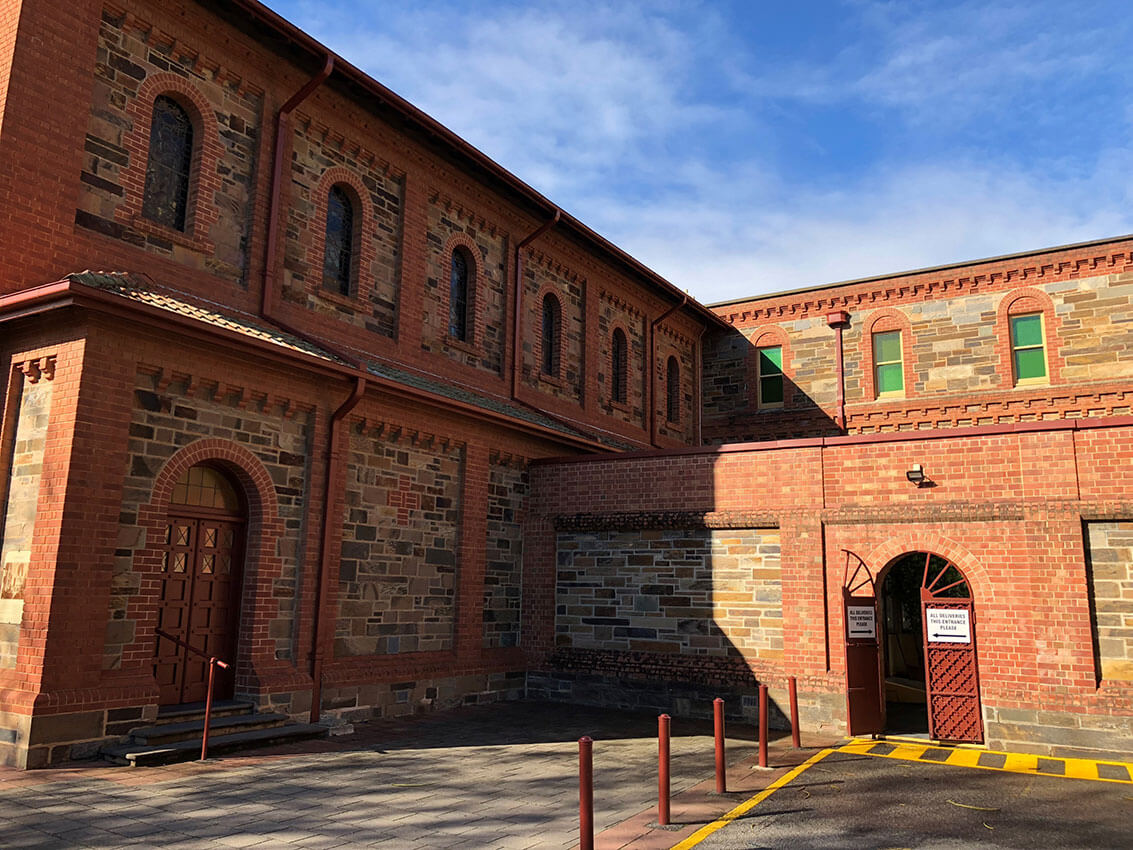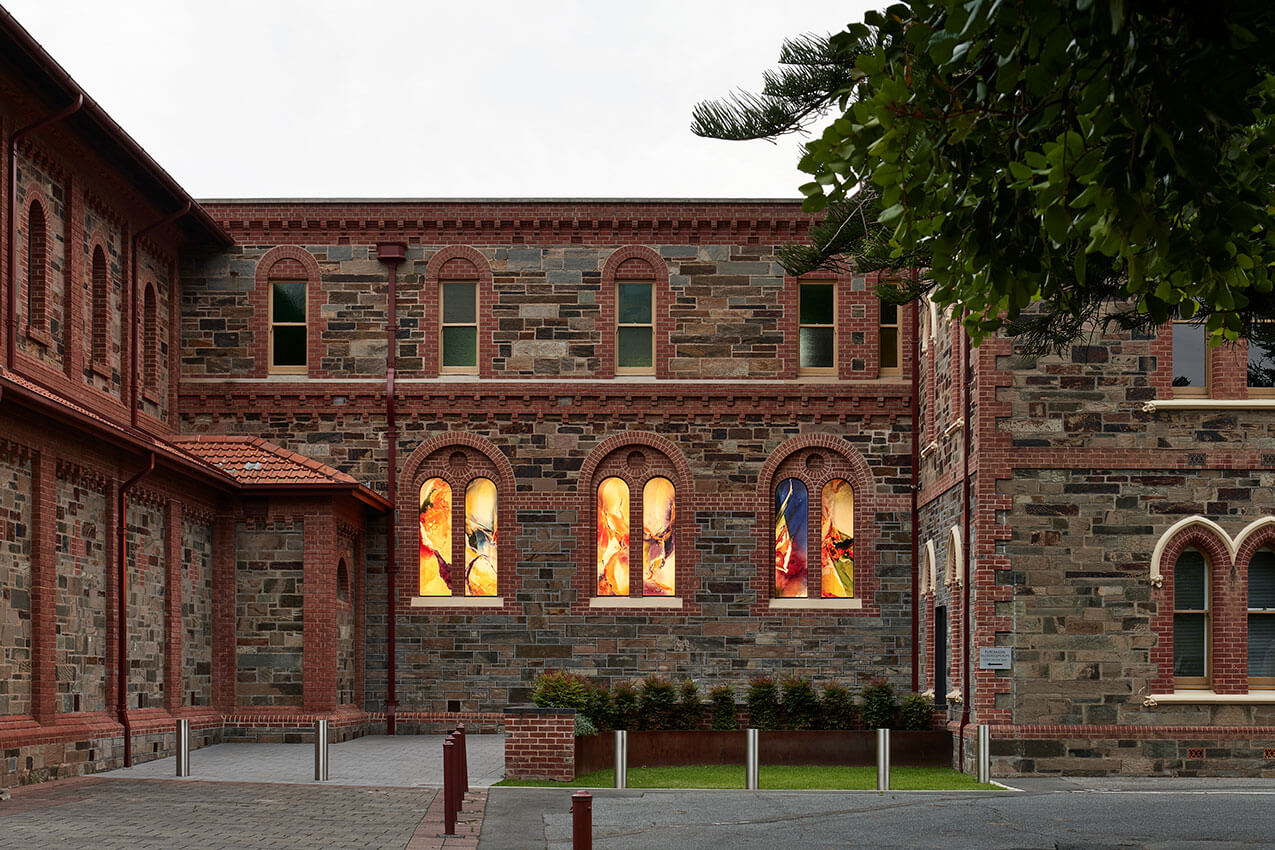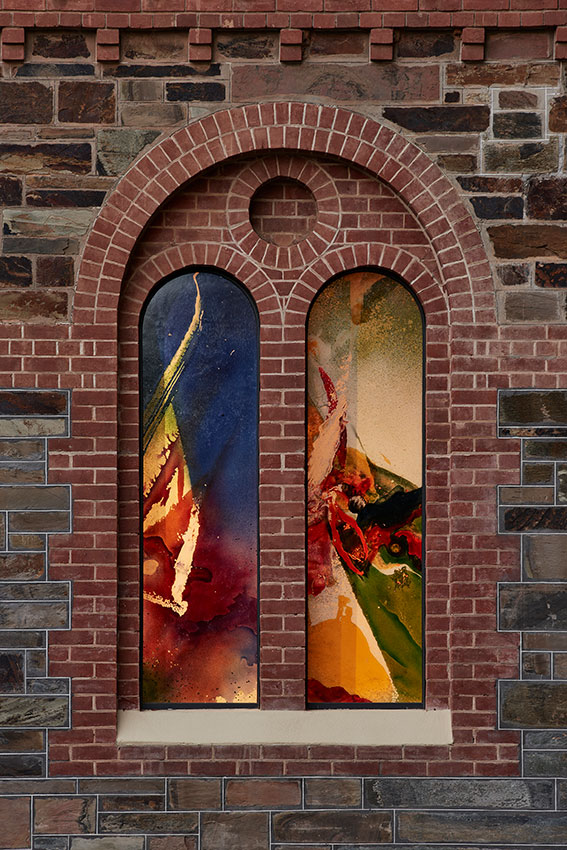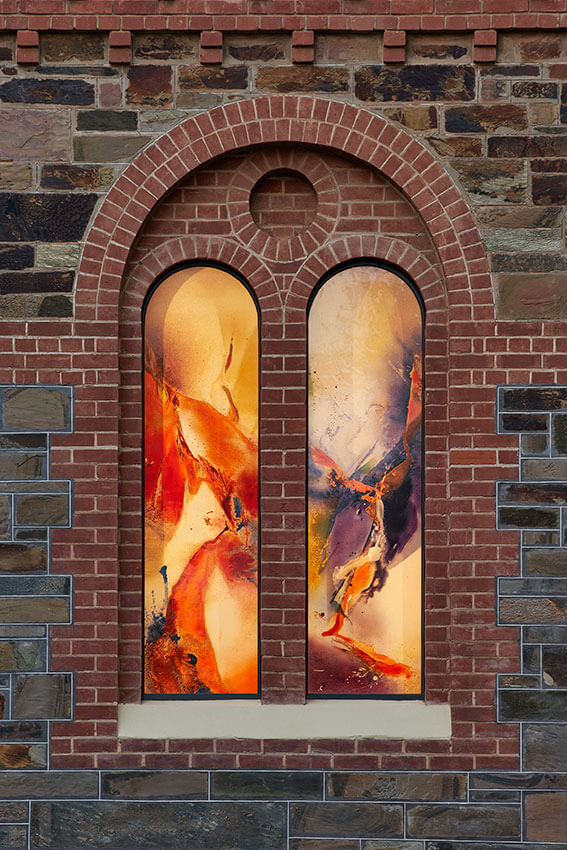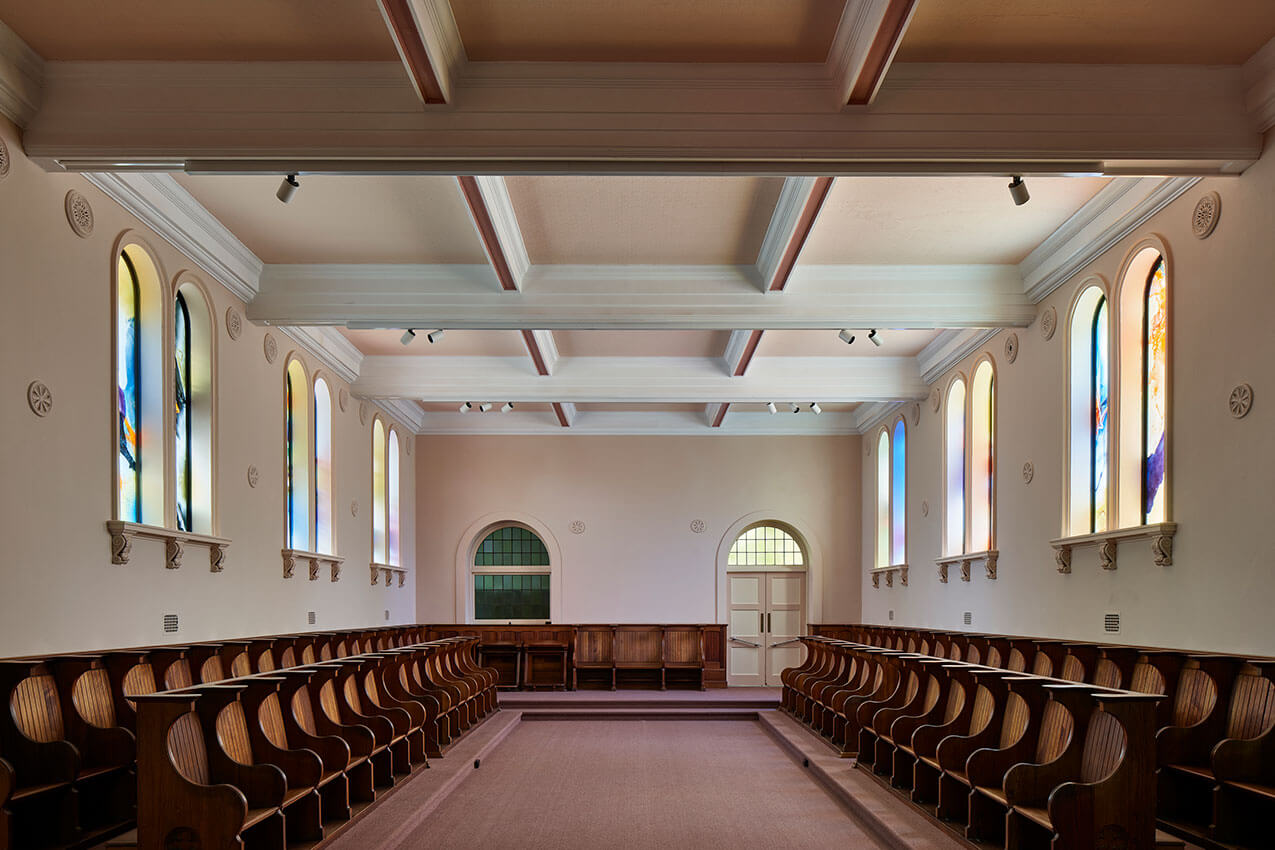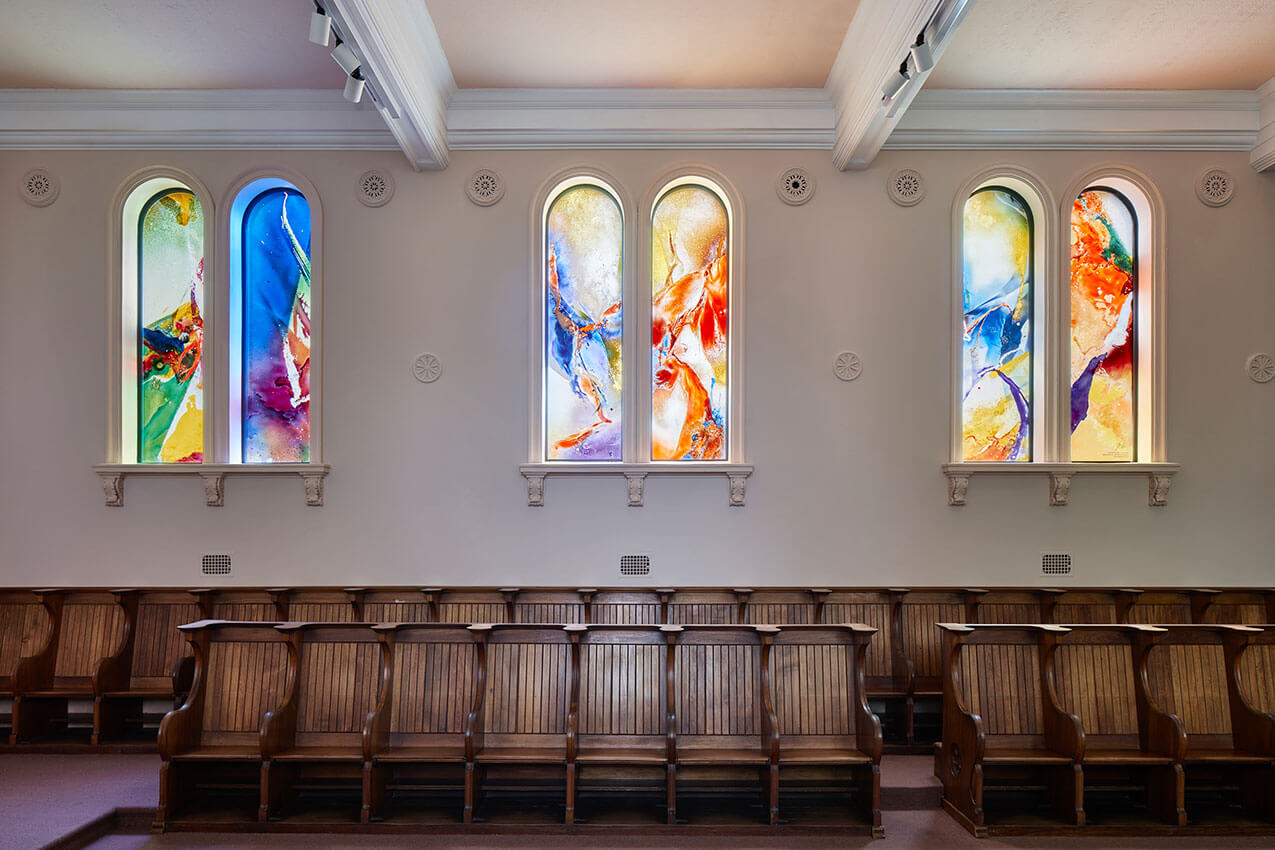Cabra Dominican College: Chapel Redevelopment | Russell & Yelland Architects
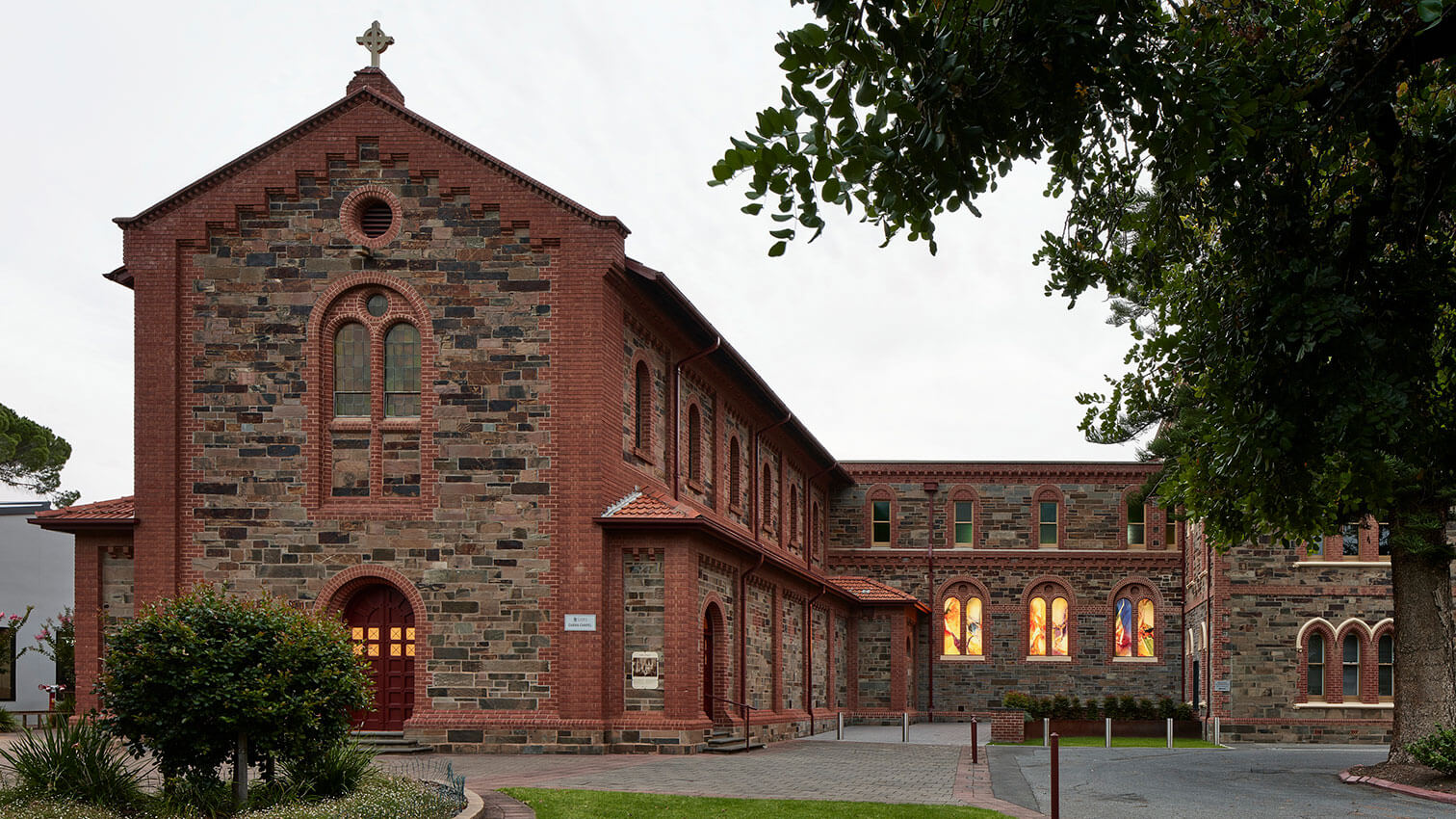
2024 National Architecture Awards Program
Cabra Dominican College: Chapel Redevelopment | Russell & Yelland Architects
Traditional Land Owners
Kaurna
Year
Chapter
South Australia
Category
Builder
Photographer
Media summary
The restoration of Cabra Dominican College Chapel embodies a reverence for history and tradition while infusing contemporary vitality. It honors the Dominican Sisters’ legacy, blending beauty with divine grace, and seamlessly bridging past and present.
Beyond architectural significance, it enriches the community with a sacred space for reflection and artistic appreciation. The Chapel’s meticulous restoration respects both historic and contemporary contexts, reinstating architectural integrity while integrating modern accessibility. Successfully reconciling functional needs with historical significance, the project demonstrates resourceful allocation and sustainability. Through recycled materials and energy-efficient design, the restoration preserves heritage and contributes to long-term ecological resilience.
The project’s response to client and user needs reflects a profound understanding of community values. This restoration revitalizes a cherished landmark, fostering deeper connections to history and spirituality
Installing a priceless work of art into the Sisters’ Choir section of our historic Chapel, and building a fit-for-purpose ramp into our convent building, required a delicate balance between mindfulness history and tradition of our campus, with our desire to always move forward. The design, encompassing the Chapel and convent restoration and the installation of the Kim En Joong windows, has increased functionality and added significant, profound beauty to the area. It fulfils a direction to move the Sisters’ Choir Chapel into the future, creating a memorial for the Dominican Sisters that is neither staid nor static, but rather, glorious.
Client perspective
Project Consultant and Construction Team
Andrew Stevens, Heritage Consultant
Mark Stewart CPR, Structural Engineer
Nick Twaits – Dynamic Engineering, Steel Window fabricator
Sam Pentelow Stone Ideas, Project Manager
Scott Guthridge Kennett Buidlers, Construction Manager
Connect with Russell & Yelland Architects
